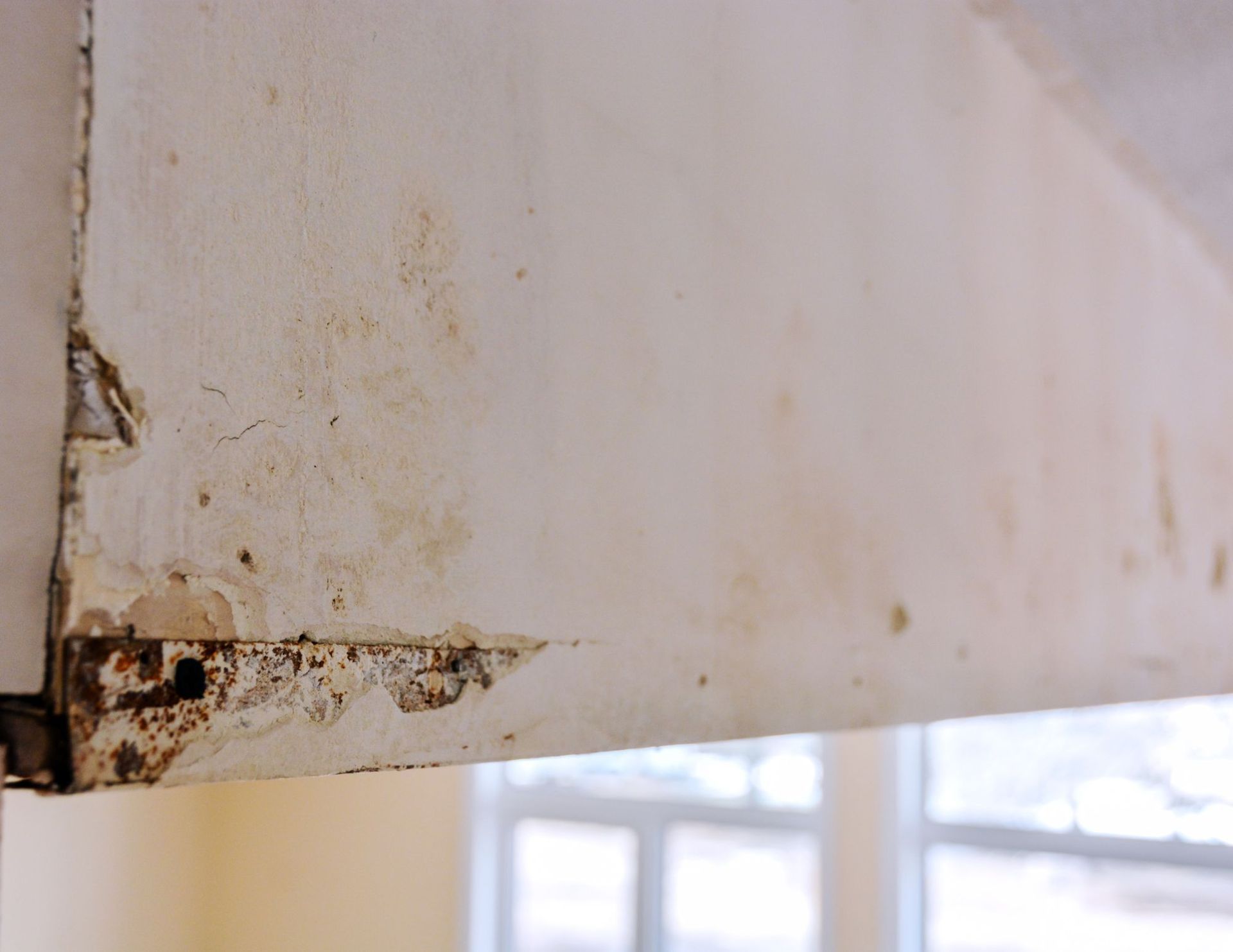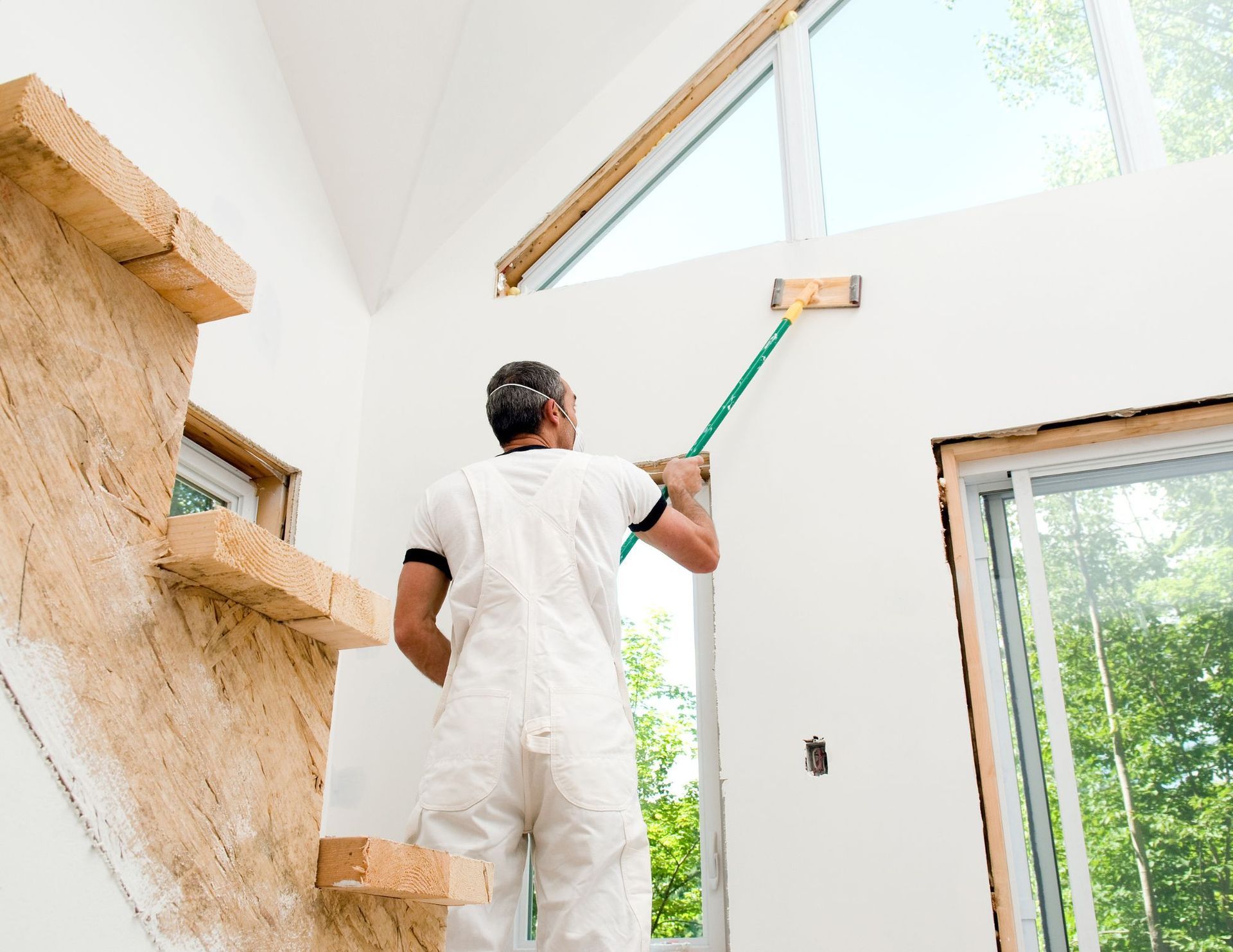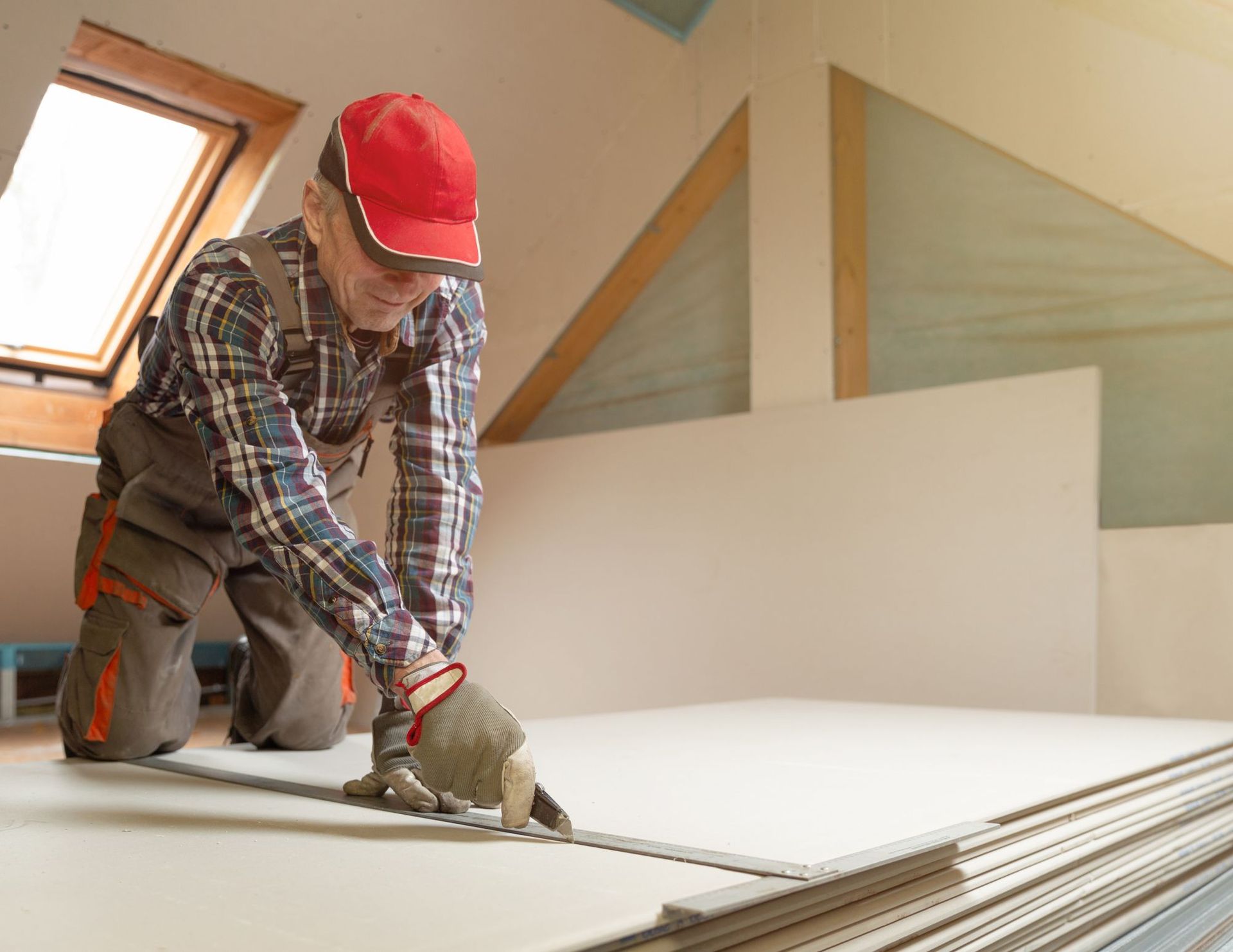Getting Rid of Mold on Drywall

Mold Be Gone: How to Get Rid Of Mold On Drywall
Dealing with mold on drywall is like having an uninvited guest crash your home – it's unsightly, unwelcome, and needs to be shown the door ASAP. But fear not, because we're diving into the world of mold removal on drywall, equipping you with the knowledge to banish that mold and restore your space to its former glory.
Identify the Culprit
Before you can defeat the enemy, you need to know what you're up against. Mold thrives in damp and humid environments, so identifying the source of moisture is your first step. Leaky roofs, plumbing issues, and poor ventilation can all contribute to mold growth. Once you've identified and fixed the source, you're ready to start the battle.
Gather Your Weapons
No, we're not talking about swords and shields, but rather the tools and materials needed for mold removal:
1. Protective Gear: Safety first! Wear gloves, goggles, and a mask to shield yourself from mold spores.
2. Soap and Water: Start with a basic cleaning solution of soap and water to scrub off visible mold.
3. Baking Soda Solution: Mix baking soda with water to create a paste that helps remove mold stains.
4. Hydrogen Peroxide Solution: Mix hydrogen peroxide with water (1:1 ratio) for a more potent mold-fighting solution.
5. Bleach Solution: If you're dealing with a persistent mold problem, a diluted bleach solution (1 part bleach to 10 parts water) can be effective. However, use bleach with caution and proper ventilation.
6. Scrubbing Brush: A stiff-bristle brush helps you scrub away mold from the surface.
Scrub Away the Mold
Now that you're armed and ready, it's time to roll up your sleeves and get to work:
1. Prepare the Area: Open windows for ventilation and cover nearby surfaces to protect them from cleaning solutions.
2. Start with Soap and Water: Use soap and water to scrub off visible mold. For stubborn spots, move on to the baking soda solution.
3. Apply Baking Soda Paste: Apply the baking soda paste to mold-stained areas and scrub gently. Let it sit for a few minutes before scrubbing again.
4. Hydrogen Peroxide Solution: If the mold persists, apply the hydrogen peroxide solution using a spray bottle. Let it sit for 10 minutes before scrubbing.
5. Rinse and Dry: After scrubbing, rinse the area with clean water and dry it thoroughly. Remember, moisture is mold's best friend, so drying is key.
6. Bleach Solution (if necessary): If the mold persists, you can try the diluted bleach solution. However, use this sparingly and be mindful of ventilation.
Prevent Future Invaders
Congratulations, you've reclaimed your drywall from the clutches of mold! But to ensure this unwelcome guest doesn't return, consider these preventive measures:
1. Improve Ventilation: Ensure proper ventilation in areas prone to moisture, like bathrooms and kitchens.
2. Control Humidity: Use dehumidifiers to maintain a healthy indoor humidity level (between 30% and 50%).
3. Fix Leaks: Promptly address any leaks or water damage to prevent mold growth.
4. Seal Gaps: Seal gaps around windows, doors, and pipes to prevent moisture infiltration.
5. Regular Cleaning: Keep your space clean and dry to discourage mold from making a comeback.
In Conclusion: Mold-Free Victory
Mold on drywall might seem like a formidable foe, but armed with the right tools, knowledge, and determination, you can conquer it and restore your space to its former mold-free glory. Remember, swift action and preventive measures are your allies in the battle against mold, ensuring that your home remains a safe and healthy haven for years to come.
If you're looking for professional Ottawa drywall contractors, give us a call and get a free quote.
You might also like

Book a Service Today
We will get back to you as soon as possible
Please try again later
Ottawa Drywall Pros
Ottawa Drywall Pros
Disclaimer
This is a referral site. All projects are completed by a local contractor.
We're available
- Mon - Sat
- -
- Sunday
- Closed

